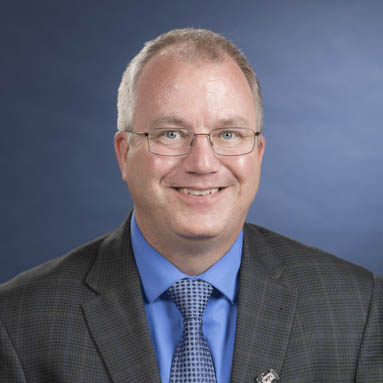In some ways, physics is the study of pathways, like the flow of light through media or the twisting trails of subatomic particles spawned in an accelerator. For Douglas Petkie, head of WPI’s Physics Department, the concept of pathways has a different meaning. Many people, he says, see physics as a discipline with one primary career trajectory: from bachelor’s degree, to PhD, to academia. In reality, physics graduates are offered a wealth of ways to use their education to build satisfying careers.
Petkie says his department works to get that message across through a multifaceted, multilevel campaign that encompasses pre-college programs, undergraduate research experiences, graduate education and research, and a teacher preparation program. Connecting and integrating these efforts is mentorship, the key to the campaign’s success. In an interconnected web of support, faculty, staff, and students offer guidance, encouragement, and helpful information. “When all of these things connect,” Petkie says, “that’s when it starts to snowball.”
Examples of mentorship abound. They include the department’s 30 to 40 peer learning assistants (PLA): undergraduates who help other students master the content of physics courses, but who also counsel them on career paths. Like all learning assistants across campus, they receive training in pedagogy and mentoring through the Morgan Teaching and Learning Center; Rudra Kafle, associate professor of teaching in the Physics Department, is also an associate director for TA (teaching assistant) and PLA development in the Morgan Center.






